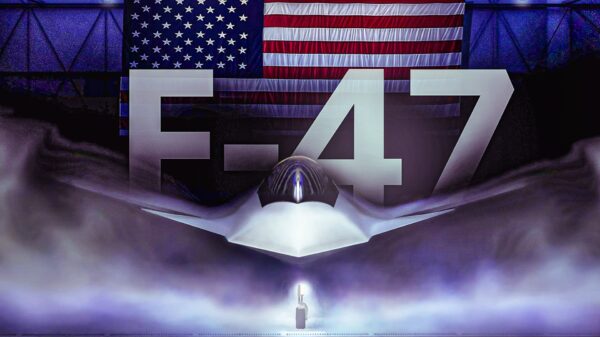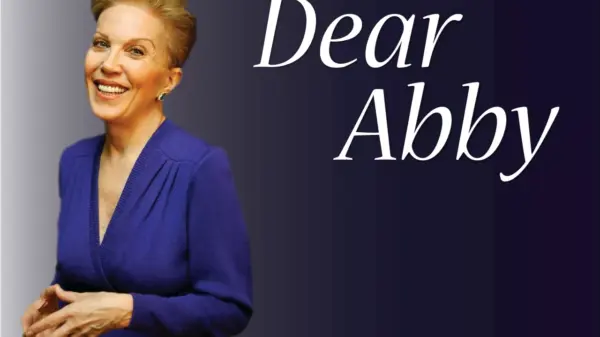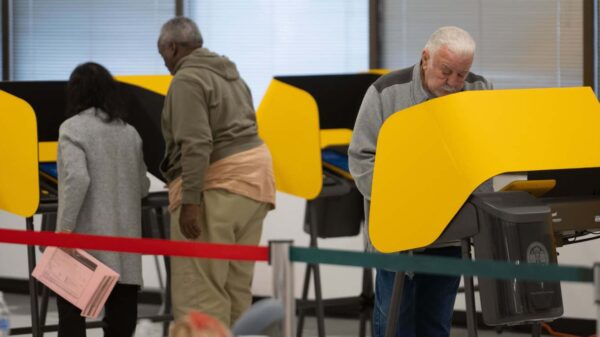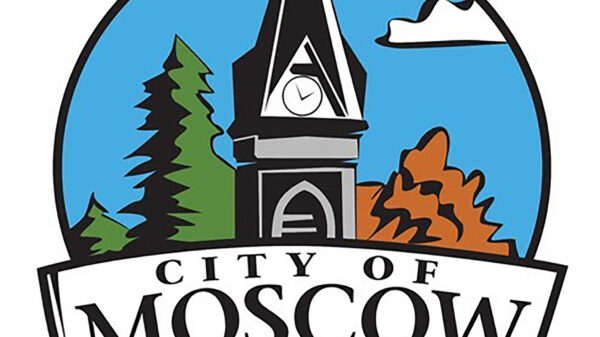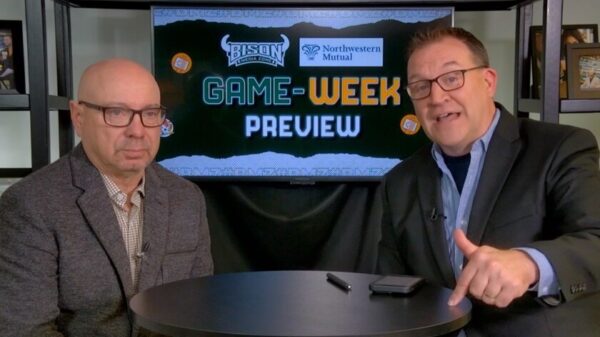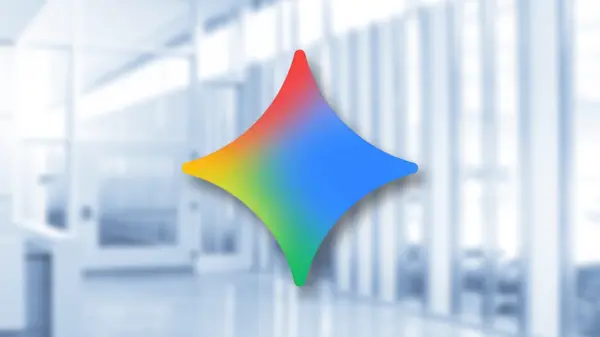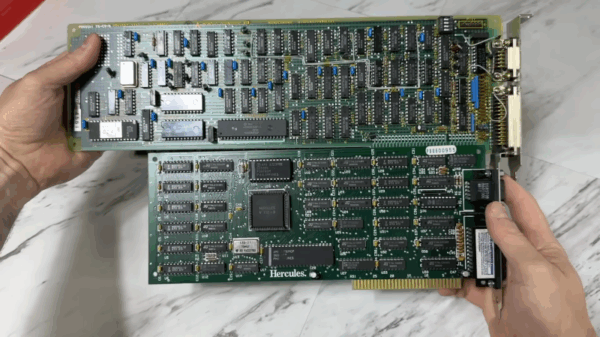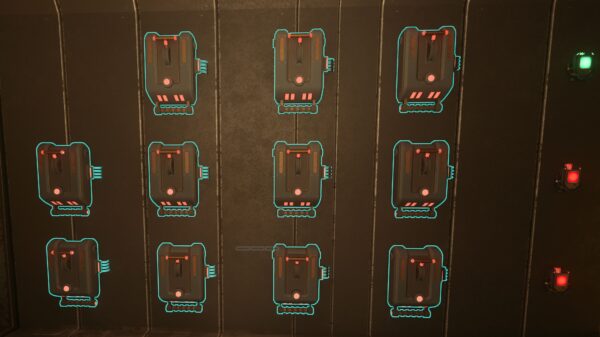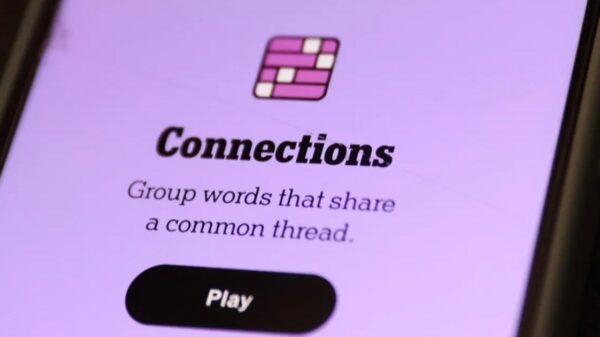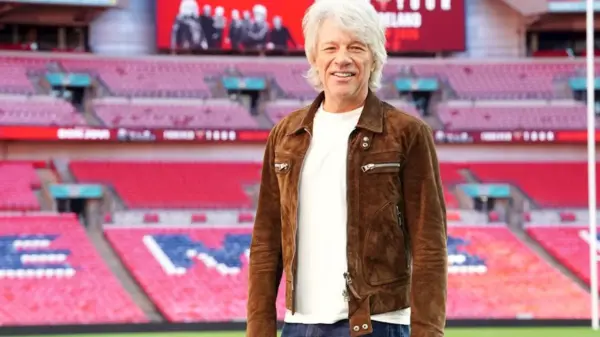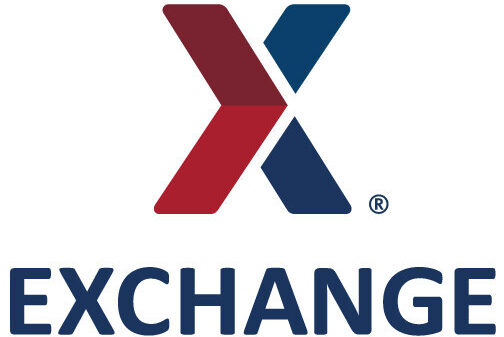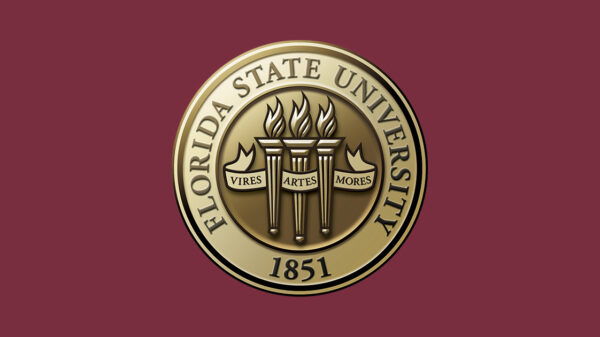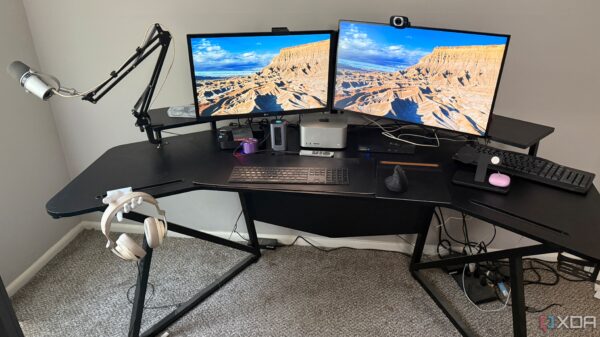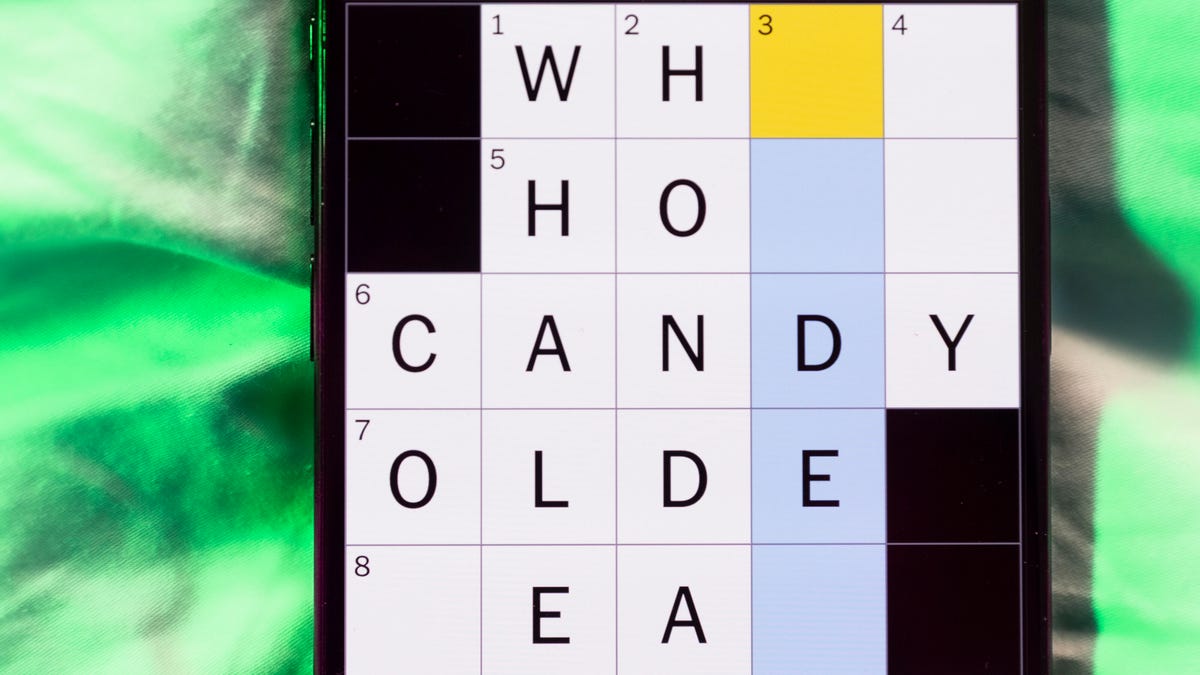The New York Times Mini Crossword for Wednesday, July 2, has once again captivated puzzle enthusiasts across the globe. Known for its quick yet challenging format, the Mini Crossword has become a staple for many seeking a brief intellectual workout. Today’s answers offer a glimpse into the clever construction that keeps solvers coming back for more.
For those who tackled today’s puzzle, the solutions provided a satisfying conclusion to a series of cunning clues. The Mini Crossword, a smaller version of the traditional crossword, typically features a 5×5 grid and is designed to be completed in just a few minutes. Despite its size, the puzzle demands a sharp mind and a keen eye for wordplay.
The Rise of the Mini Crossword
The New York Times introduced the Mini Crossword in 2014, aiming to attract a younger audience and those with limited time. Since its inception, the Mini has grown in popularity, becoming a daily ritual for many. Its appeal lies in its accessibility and the quick mental challenge it provides, fitting seamlessly into a busy lifestyle.
According to Will Shortz, the crossword editor of The New York Times, the Mini Crossword was designed to be “a fun, fast, and accessible puzzle that could be enjoyed by all ages.” The format has succeeded in drawing a diverse audience, from seasoned crossword veterans to newcomers looking for a quick brain teaser.
Why We Love Crosswords
Crossword puzzles have long been a beloved pastime, offering both entertainment and cognitive benefits. Experts suggest that engaging in such puzzles can improve vocabulary, enhance problem-solving skills, and even delay age-related cognitive decline. The Mini Crossword, with its concise format, provides these benefits in a time-efficient package.
Dr. Katherine Adams, a cognitive psychologist, notes that “crossword puzzles stimulate the brain in unique ways, encouraging lateral thinking and memory recall.” The Mini Crossword, she adds, is particularly effective because it can be completed quickly, providing a sense of accomplishment that motivates continued engagement.
The Puzzle Community
The Mini Crossword has fostered a vibrant online community where enthusiasts share tips, discuss strategies, and celebrate their successes. Social media platforms and dedicated forums have become gathering places for fans to connect and collaborate.
Meanwhile, the puzzle’s popularity has also led to the emergence of competitive solving. Online leaderboards and timed challenges add an extra layer of excitement, as solvers race against the clock to achieve the fastest completion times.
“The Mini Crossword is more than just a puzzle; it’s a community experience,” says Emily Johnson, a long-time crossword enthusiast. “It brings people together, whether they’re solving side by side or competing from afar.”
Looking Ahead: The Future of Crossword Puzzles
As digital media continues to evolve, so too does the world of crossword puzzles. The New York Times has embraced technology, offering interactive versions of their puzzles on various platforms. This digital shift has made crosswords more accessible than ever, reaching a global audience.
Looking forward, experts predict that crossword puzzles, including the Mini, will continue to adapt and thrive. Innovations such as augmented reality and virtual reality could offer new ways to engage with puzzles, blending traditional wordplay with cutting-edge technology.
In the meantime, the Mini Crossword remains a beloved fixture in the daily lives of many. As solvers eagerly await the next challenge, the puzzle’s enduring appeal is a testament to its clever design and the universal love of a good mental workout.
Whether you’re a seasoned solver or a newcomer, the Mini Crossword offers a delightful escape and a moment of triumph with each completed grid. As the world continues to change, the simple pleasure of solving a crossword remains a constant source of joy and connection.






